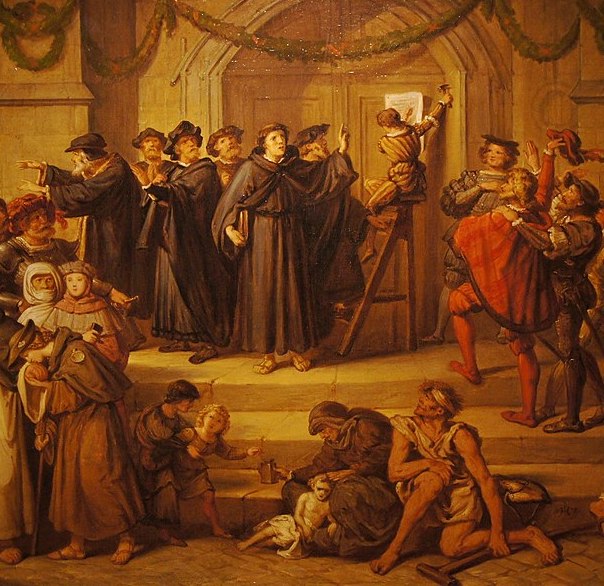Lutherans You Should Know
A Little Lutheran History
Lutheranism originated in the early 16th century as a result of the Protestant Reformation, a religious movement that challenged the authority and practices of the Roman Catholic Church. The movement began in 1517 when Martin Luther, a German monk and theology professor, nailed his Ninety-Five Theses to the church door in Wittenberg. These theses criticized the Church’s sale of indulgences and questioned the Pope's authority, calling instead for a return to the teachings of the Bible as the sole source of religious truth. Luther's ideas quickly spread across Europe, facilitated by the recent invention of the printing press, sparking widespread debate and reform.
Lutheranism developed as a distinct branch of Christianity grounded in Luther’s theological principles, especially the doctrines of sola scriptura (Scripture alone), sola fide (faith alone), and sola gratia (grace alone). These principles rejected the Catholic emphasis on church tradition and good works as necessary for salvation. Over time, Lutheran congregations formalized their beliefs in confessional documents such as the Augsburg Confession (1530) and the Book of Concord (1580). Despite resistance and conflict, including wars and political upheaval, Lutheranism gained official recognition in parts of Europe and became the dominant faith in regions like Scandinavia and much of Germany. Its emergence marked a turning point in Western Christianity, leading to the diversification of Christian thought and the eventual rise of other Protestant denominations.
Over the last 500+ years, Lutheran theology continued to spread worldwide and evolve through contributions from many individuals. Learn about influential men and women throughout Lutheran history in our "Lutherans You Should Know" series below.


